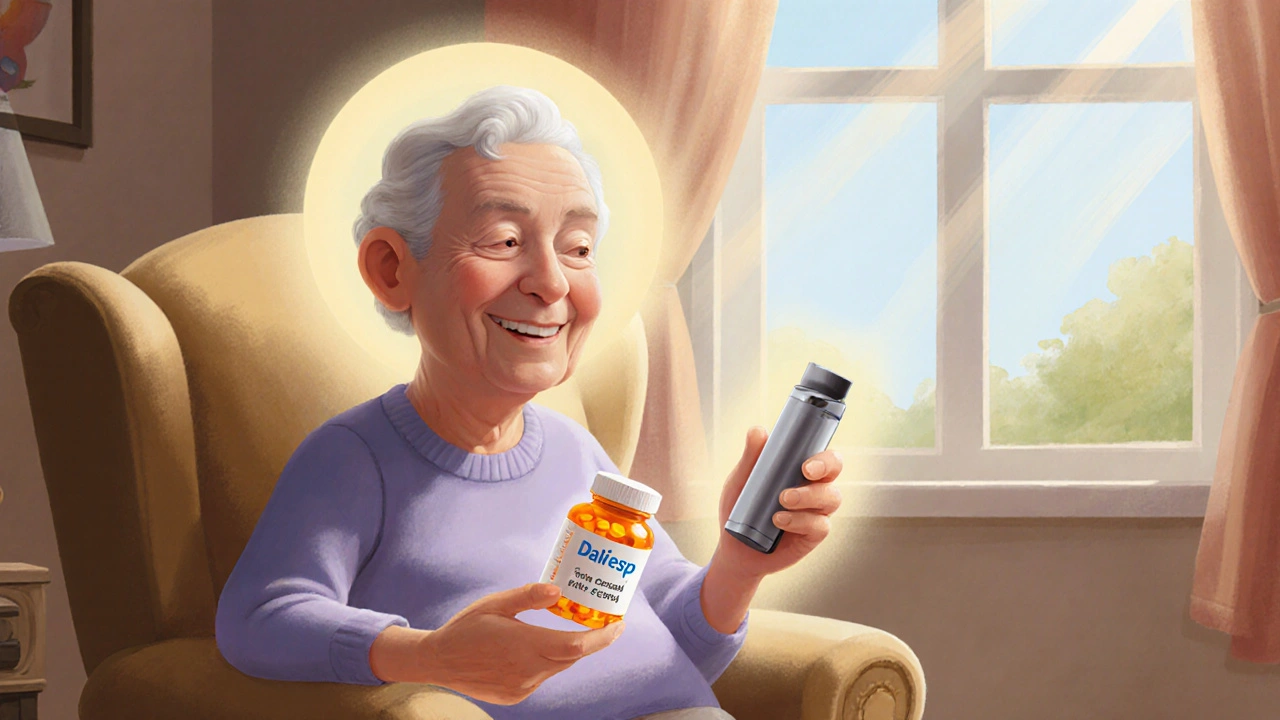Chronic Obstructive Pulmonary Disease (COPD) – Overview and Resources
Chronic obstructive pulmonary disease (COPD) is a progressive lung disorder that limits airflow and makes breathing hard. When working with chronic obstructive pulmonary disease, a condition marked by chronic bronchitis and emphysema, COPD, it helps to know the main forces that drive it. Smoking, the leading cause and ongoing irritant fuels airway damage, while inhaler therapy, bronchodilators and steroids that open the airways eases breathlessness. Adding pulmonary rehabilitation, structured exercise, education and breathing techniques rounds out a full‑stack approach. These pieces connect: smoking triggers COPD, inhalers mitigate symptoms, and rehab builds endurance.
Key Elements of COPD Management
First, stop the smoke. Quitting eliminates the biggest preventable risk and slows lung decline. Many people think a single quit attempt is enough, but repeated support—counseling, nicotine replacement, or prescription meds—greatly raises success rates. Second, understand airflow limitation, the reduced ability of lungs to move air in and out. Spirometry measures this and helps doctors choose the right inhaler. Short‑acting bronchodilators open the tubes fast for flare‑ups, while long‑acting combos keep breath steady day‑to‑day. Third, vaccinations matter. Flu and pneumonia shots cut infection risk, which otherwise can spark an exacerbation—a sudden worsening that often lands patients in the hospital.
Exacerbations are more than a bad cough; they signal that inflammation has spiked and that lung tissue may be further damaged. Recognizing early signs—extra sputum, increased wheeze, or rising fatigue—lets patients start rescue inhalers or antibiotics before things spiral. A proper action plan, written with a clinician, outlines when to step up medication, when to call a doctor, and when to head to the emergency department. This plan is a cornerstone of self‑management and reduces hospital stays.
Beyond meds, exercise training, targeted workouts that improve leg and respiratory muscles is a game‑changer. Even light walking or cycling can lift oxygen use, lower breathlessness, and improve quality of life. Pulmonary rehab programs bundle exercise with breathing drills, nutrition advice, and psychological support—addressing the anxiety many feel when they can’t catch their breath.
Nutrition also plays a role. Undernutrition weakens muscles, making everyday tasks harder, while obesity adds extra load on the lungs. A balanced diet rich in protein, fruits, and vegetables supports the immune system and maintains muscle mass. Some patients benefit from supplemental vitamins, especially vitamin D, which has links to lung health.
Finally, mental health shouldn't be ignored. Living with a chronic breath problem can lead to depression and anxiety, which in turn worsen perception of dyspnea. Simple strategies—mindful breathing, support groups, or counseling—help break that cycle. When emotional well‑being improves, patients are more likely to stick with quitting smoking, inhaler use, and exercise routines.
All these pieces—smoking cessation, inhaler optimization, vaccination, exacerbation action plans, rehab, nutrition, and mental health—form a network that keeps COPD under control. Below you’ll find a curated set of articles that dive deeper into each of these topics, compare common medications, and offer practical tips you can start using right away.
Daliresp (Roflumilast) vs Other COPD Treatments: A Detailed Comparison
- Beata Staszkow
- |
- |
- 7
A comprehensive comparison of Daliresp (roflumilast) with other COPD treatments, covering efficacy, side effects, cost, and when to choose it.
View more
